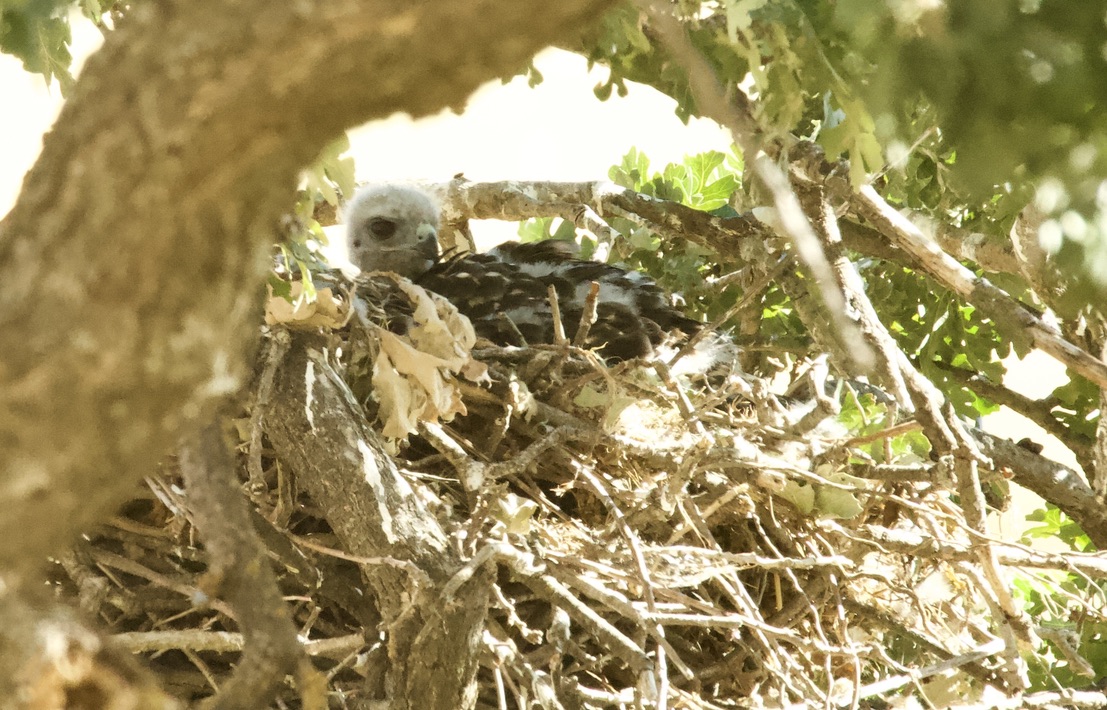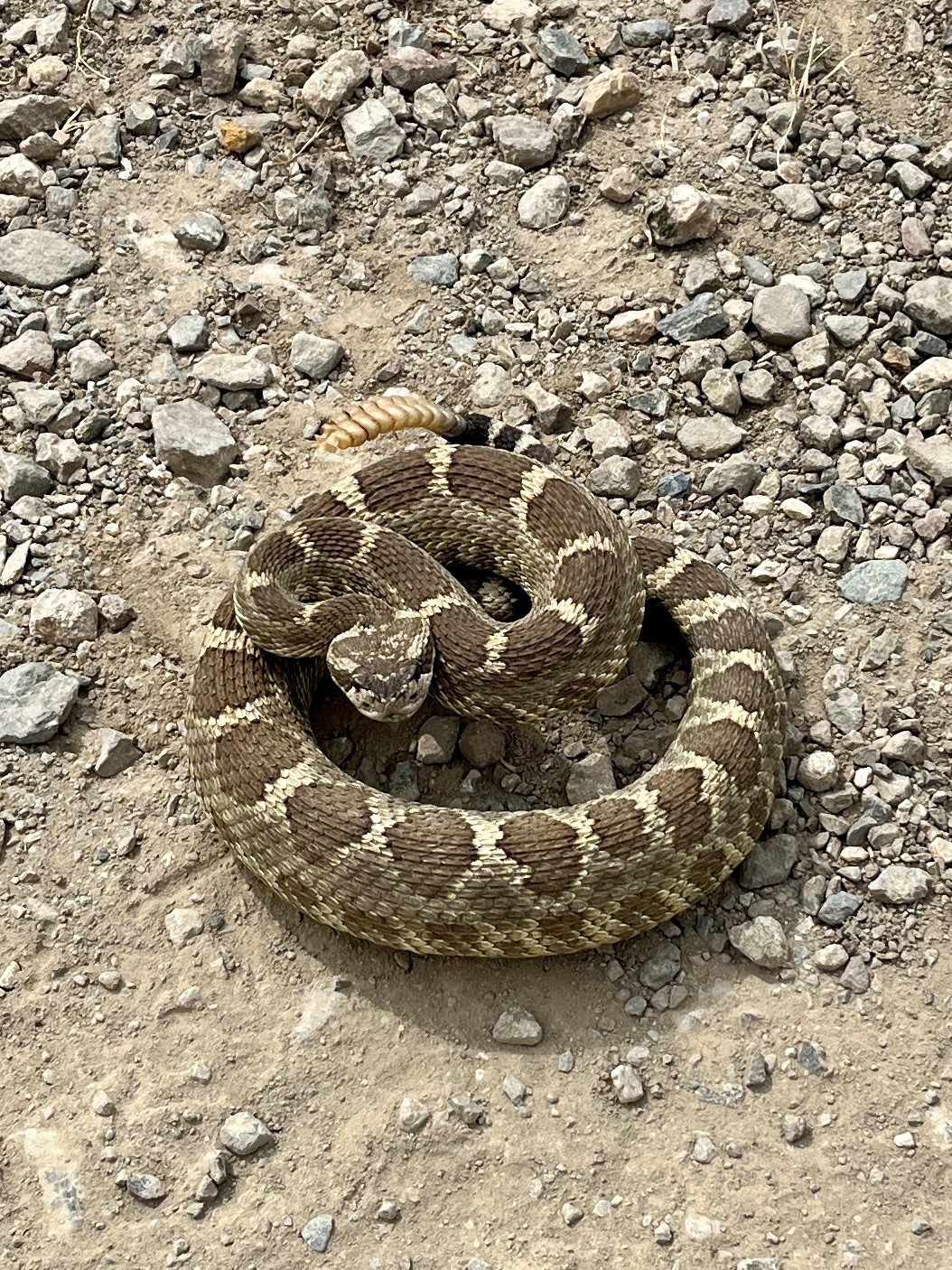Natural Resources
PLANTS AND ANIMALS
Carnegie SVRA is home to a surprisingly wide range of plant and animal life. Those who take the time to explore will see raptors soaring gracefully above, countless tracks of small mammals and insects, and an impressive, colorful display of spring wildflowers. Look up and you might catch a glimpse of a red-tailed hawk, kestrel or golden eagle flying overhead, searching the grassland below for its next meal.
insects, and an impressive, colorful display of spring wildflowers. Look up and you might catch a glimpse of a red-tailed hawk, kestrel or golden eagle flying overhead, searching the grassland below for its next meal.
Black-tailed deer are often seen feeding in the mornings and evenings, and coyote sightings are common. Tule elk, introduced to the Diablo Range in the late 1970s, can provide a special thrill for visitors who happen upon these large animals grazing in the park. Feral pigs, wild turkeys, bobcats and badgers are just a few of the other animals that make Corral Hollow their home.
The wildflowers, bushes and grasses in the park are fragile and must be protected for future generations. Familiar plants native to the park include blue oak, grey pine, California poppies, California buckeye and the ever-present poison oak. Many of the grasses in the park and the surrounding lands are non-native and were introduced during the many years of ranching and farming. Carnegie is still  home to some beautiful stands of native bunchgrasses.
home to some beautiful stands of native bunchgrasses.
The rattlesnakes found throughout the park will attack if disturbed or cornered. Give them distance and respect. Poison oak, which can be hard to identify during the winter riding season, is found throughout the park. Avoid poison oak and rattlesnakes by staying out of bushes and brushy areas.
Carnegie SVRA Wildflower Guide
Learn more about Mountain Lions
